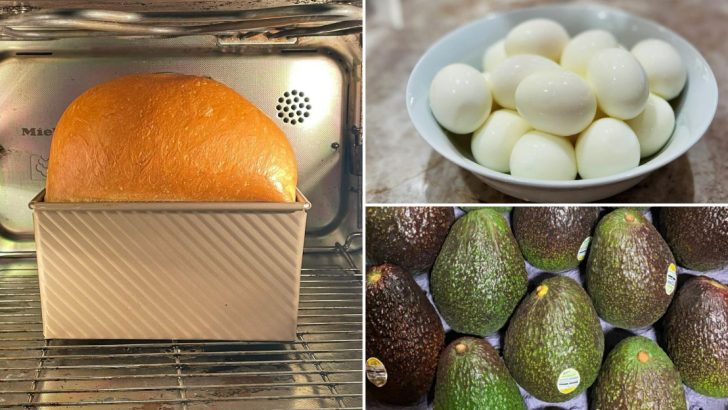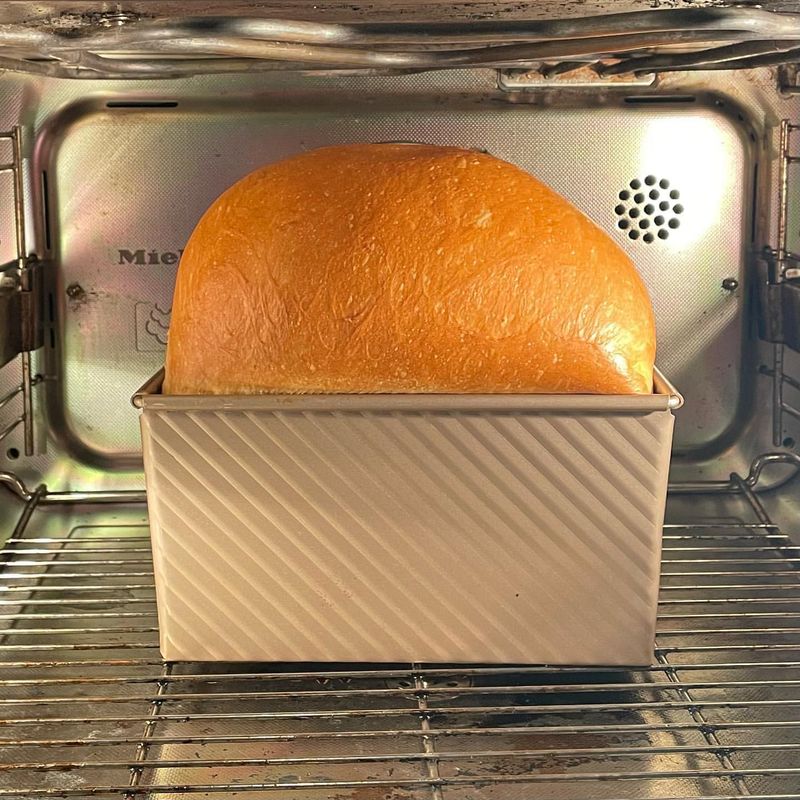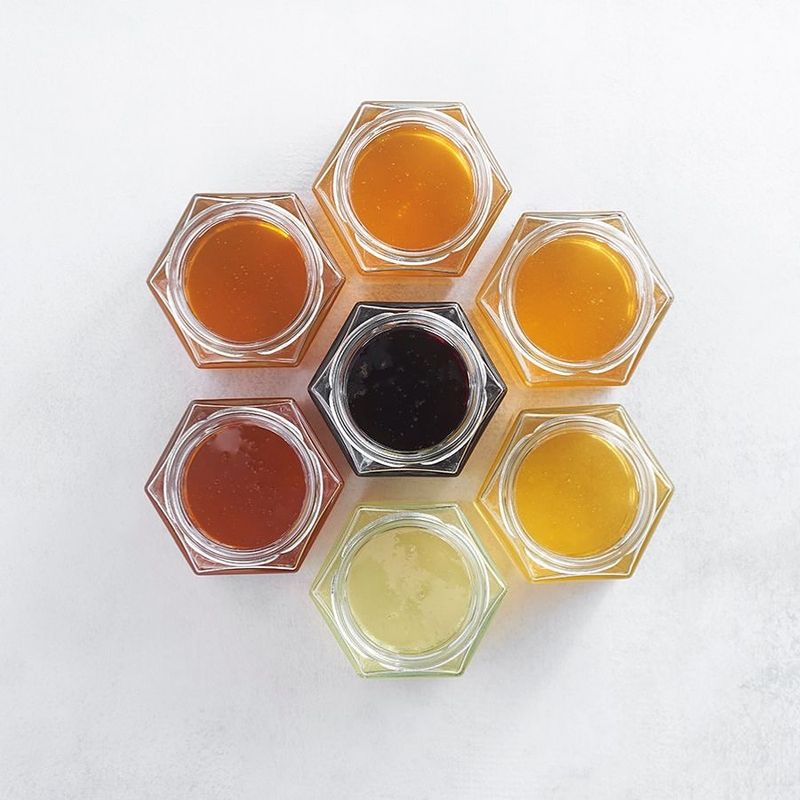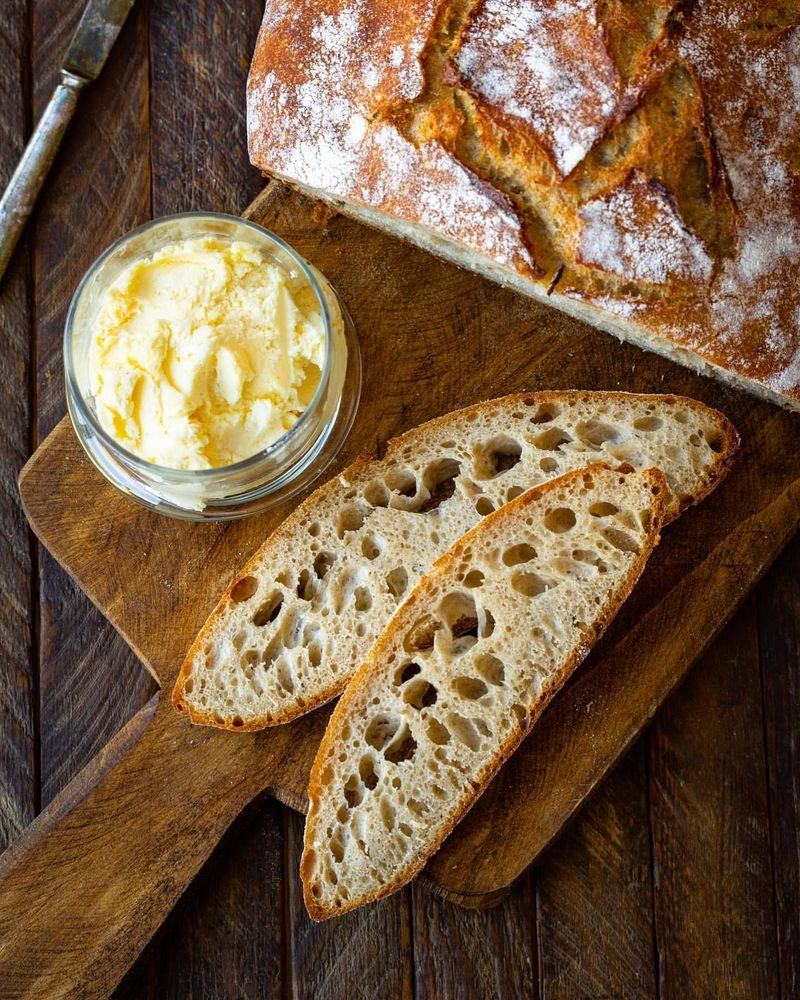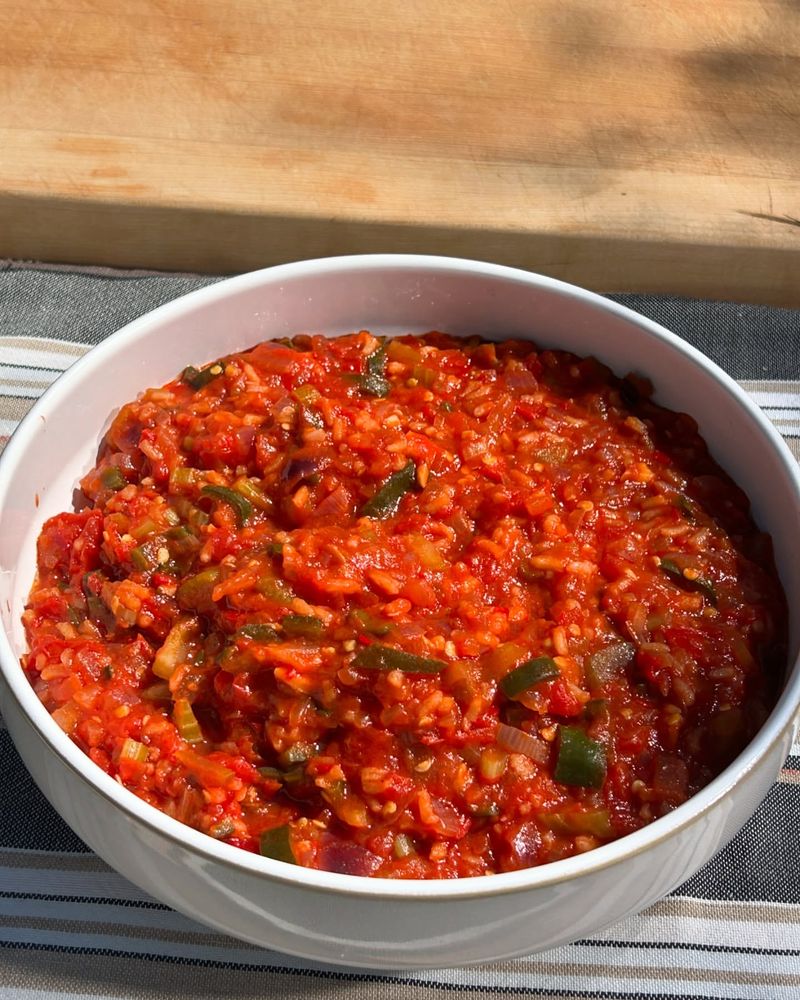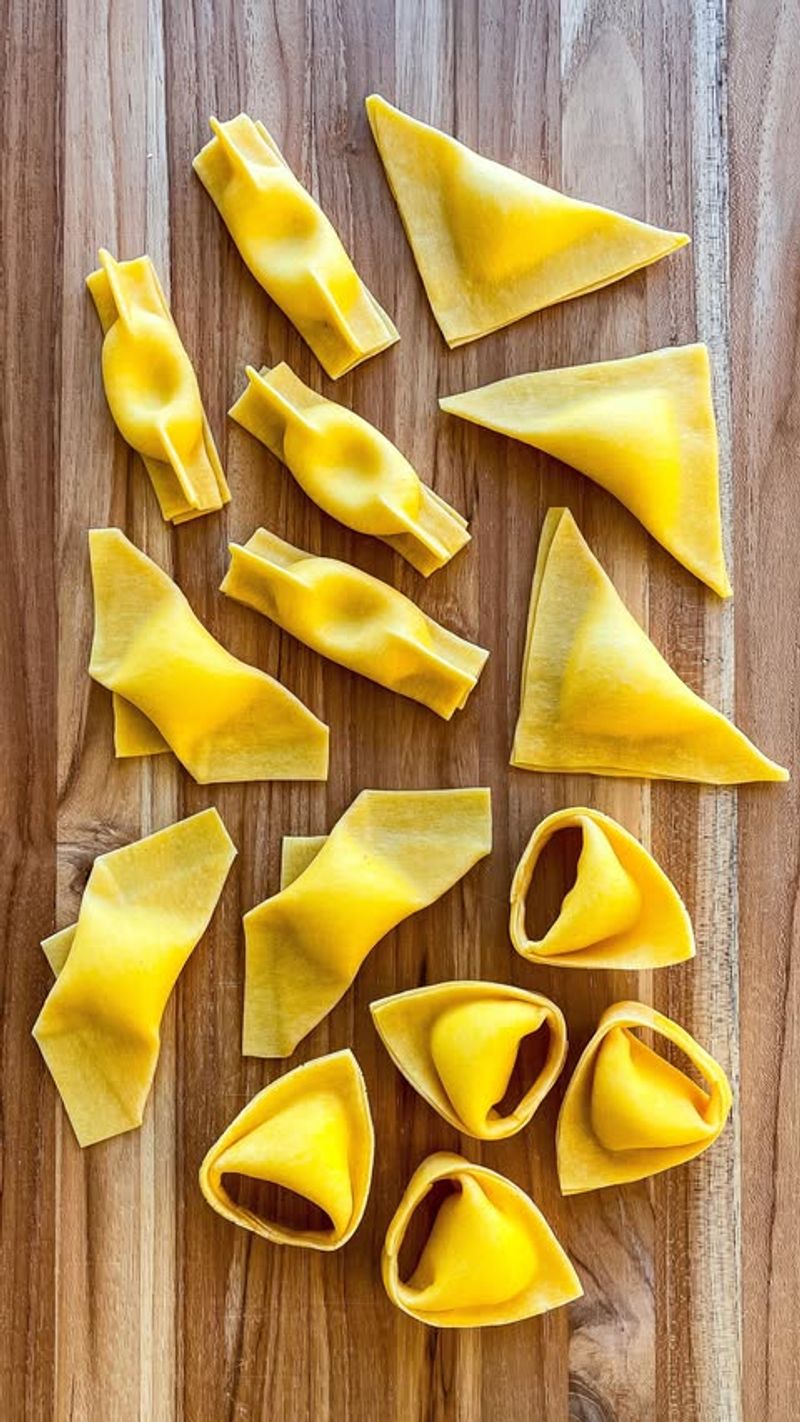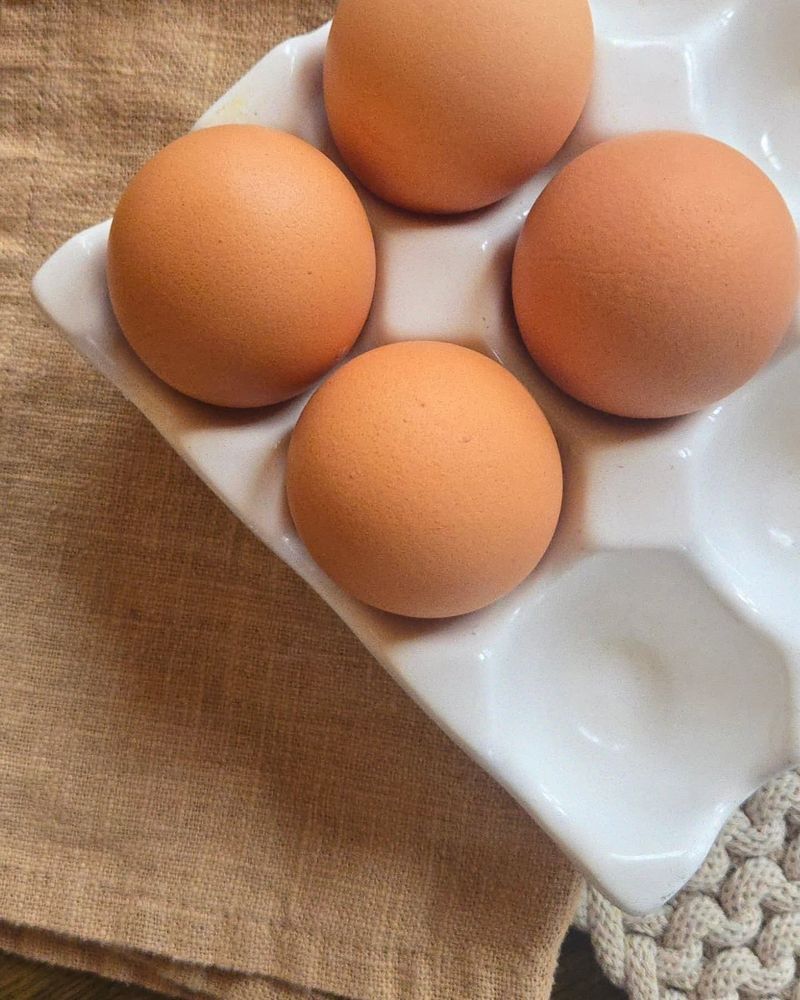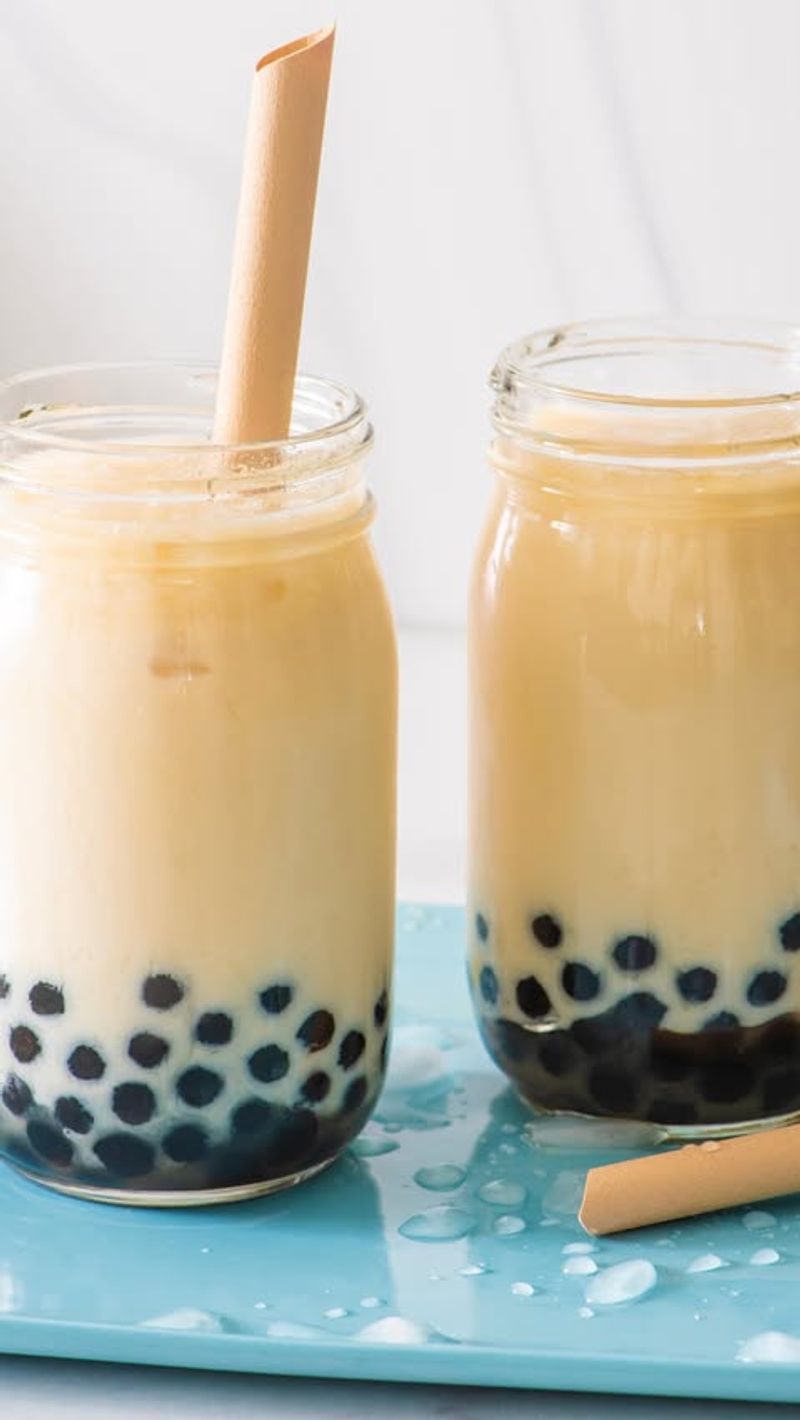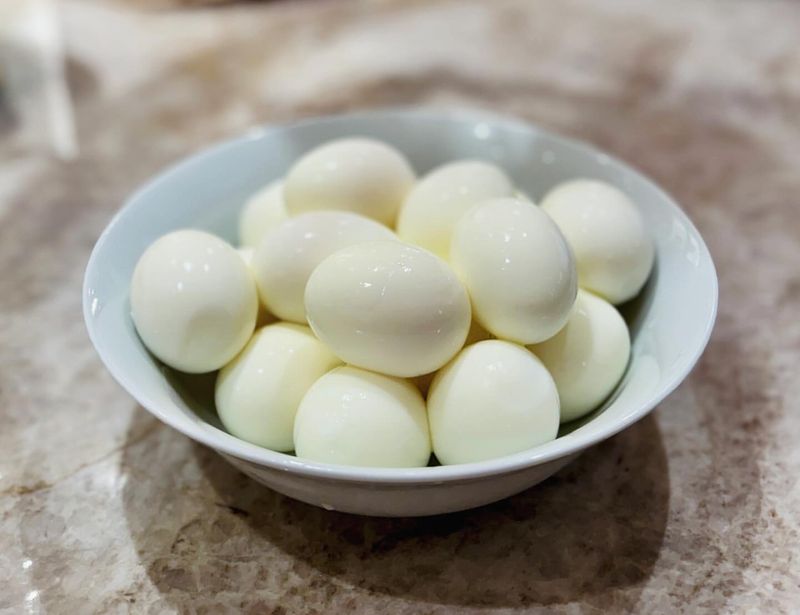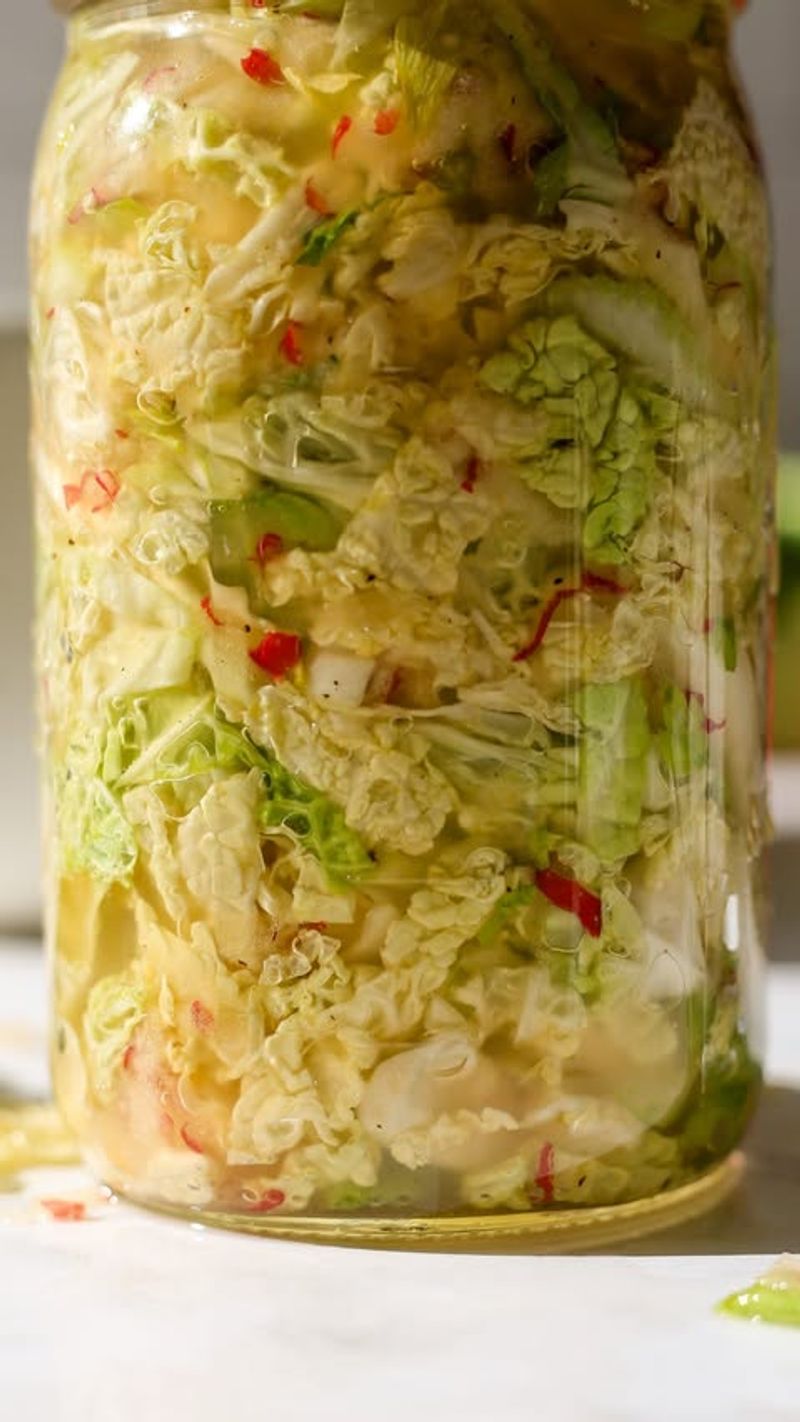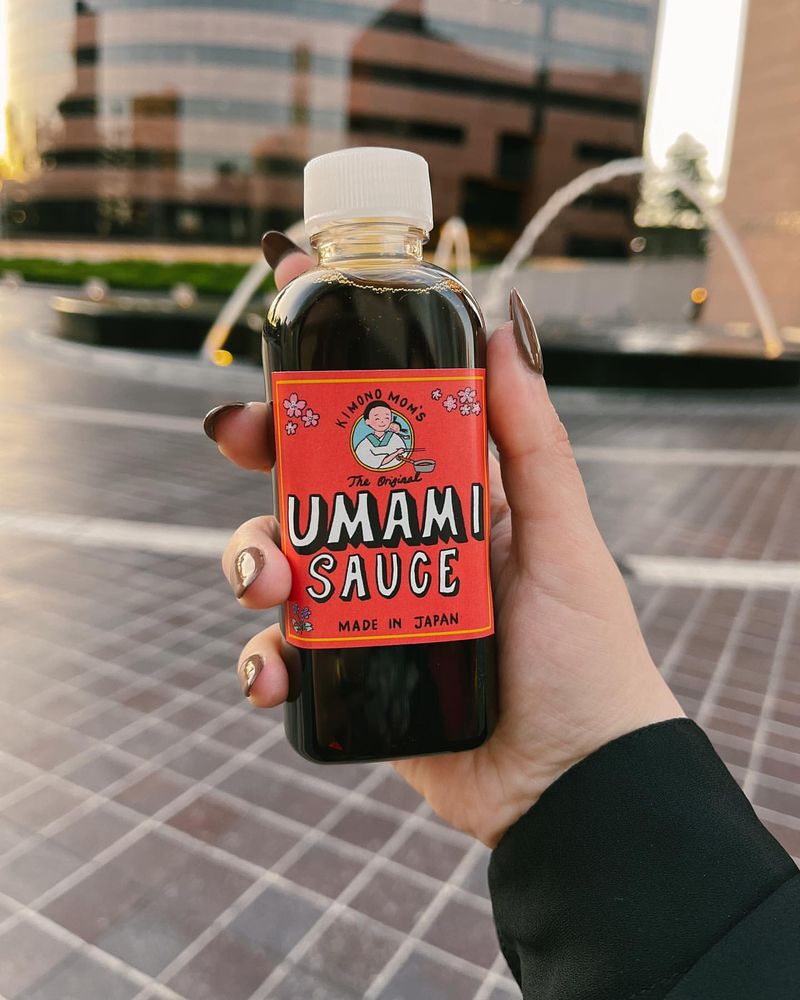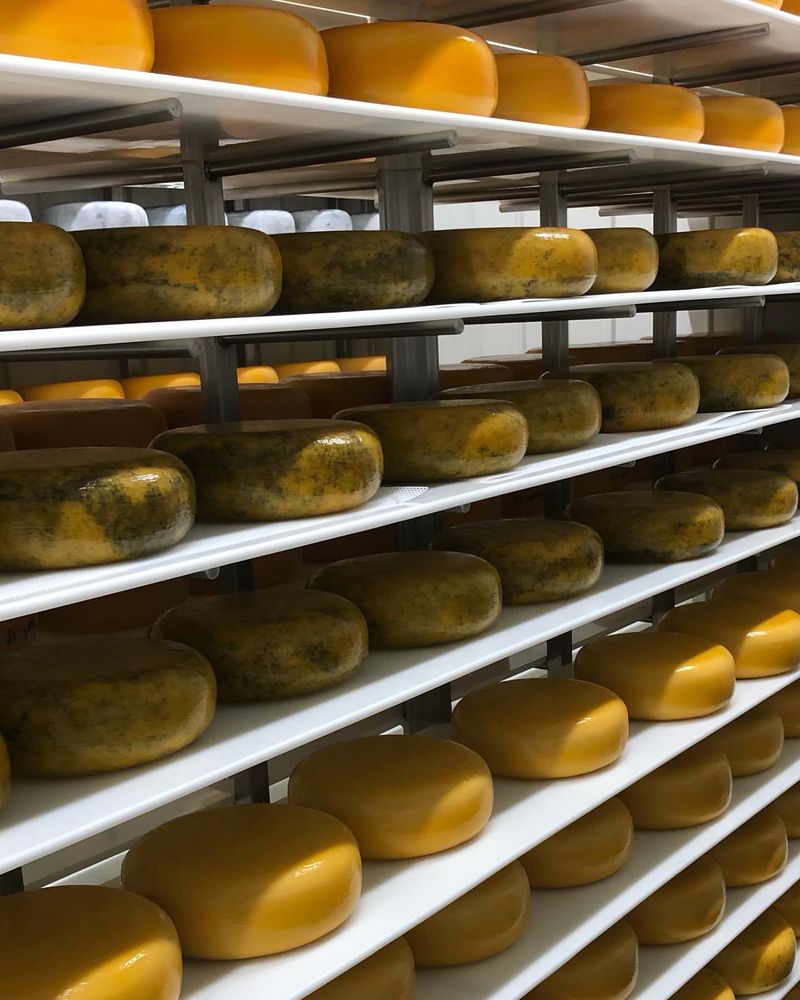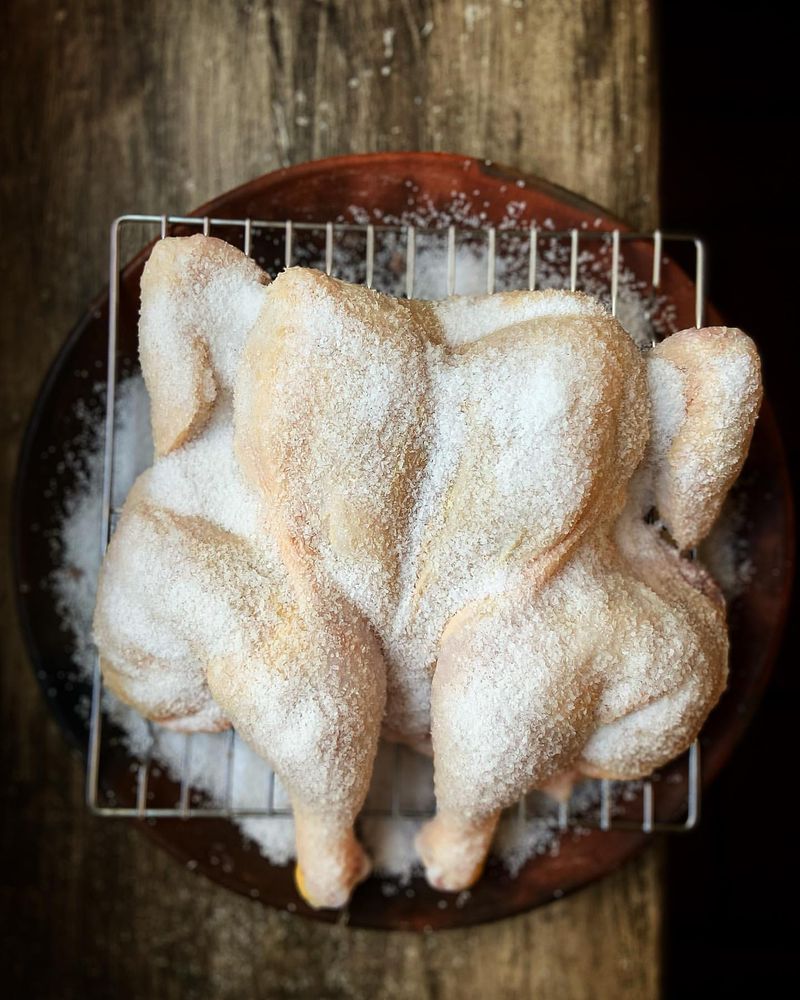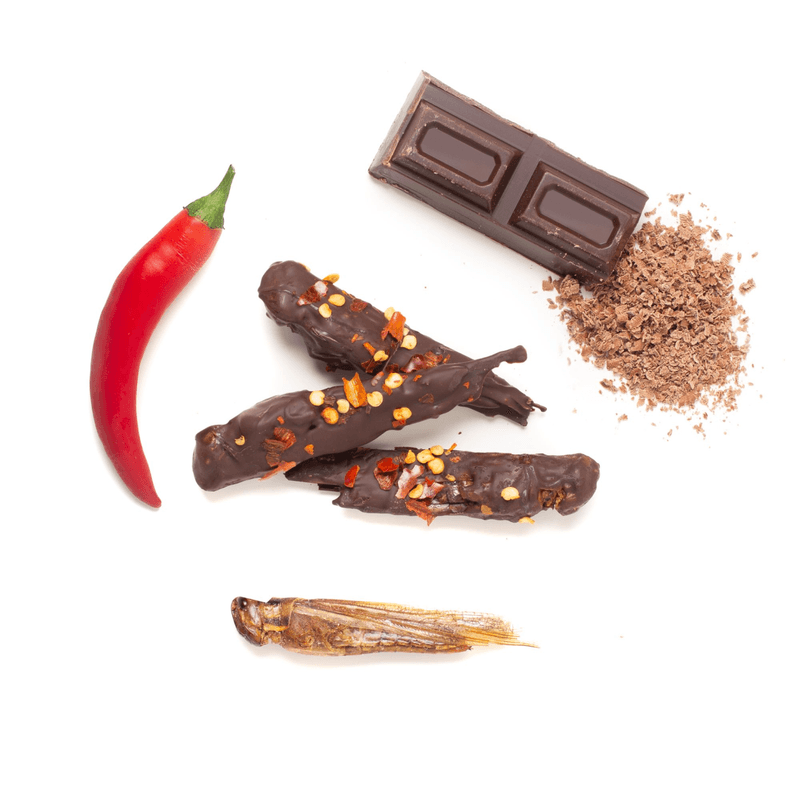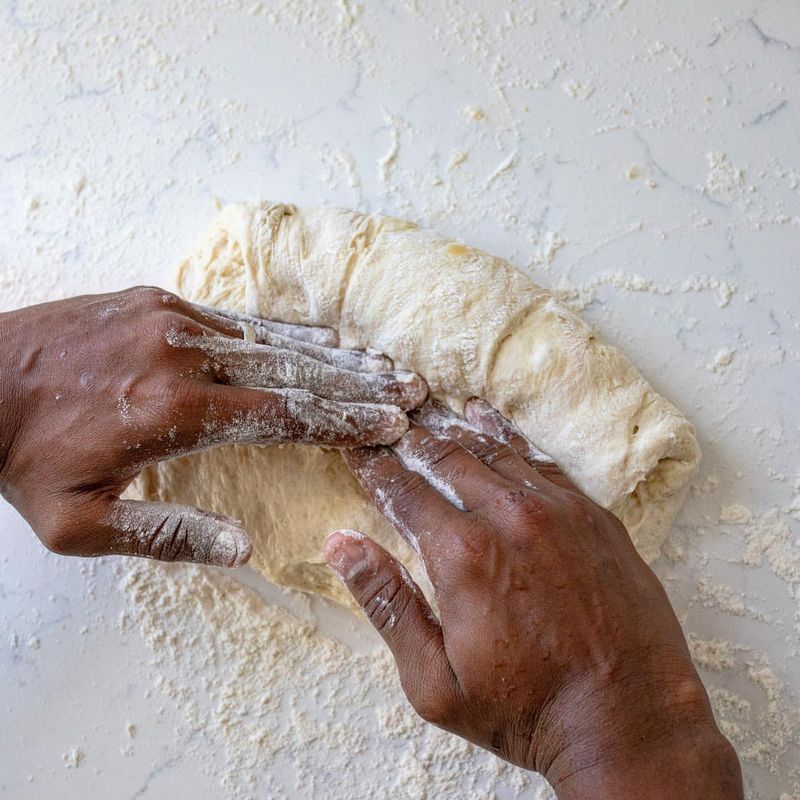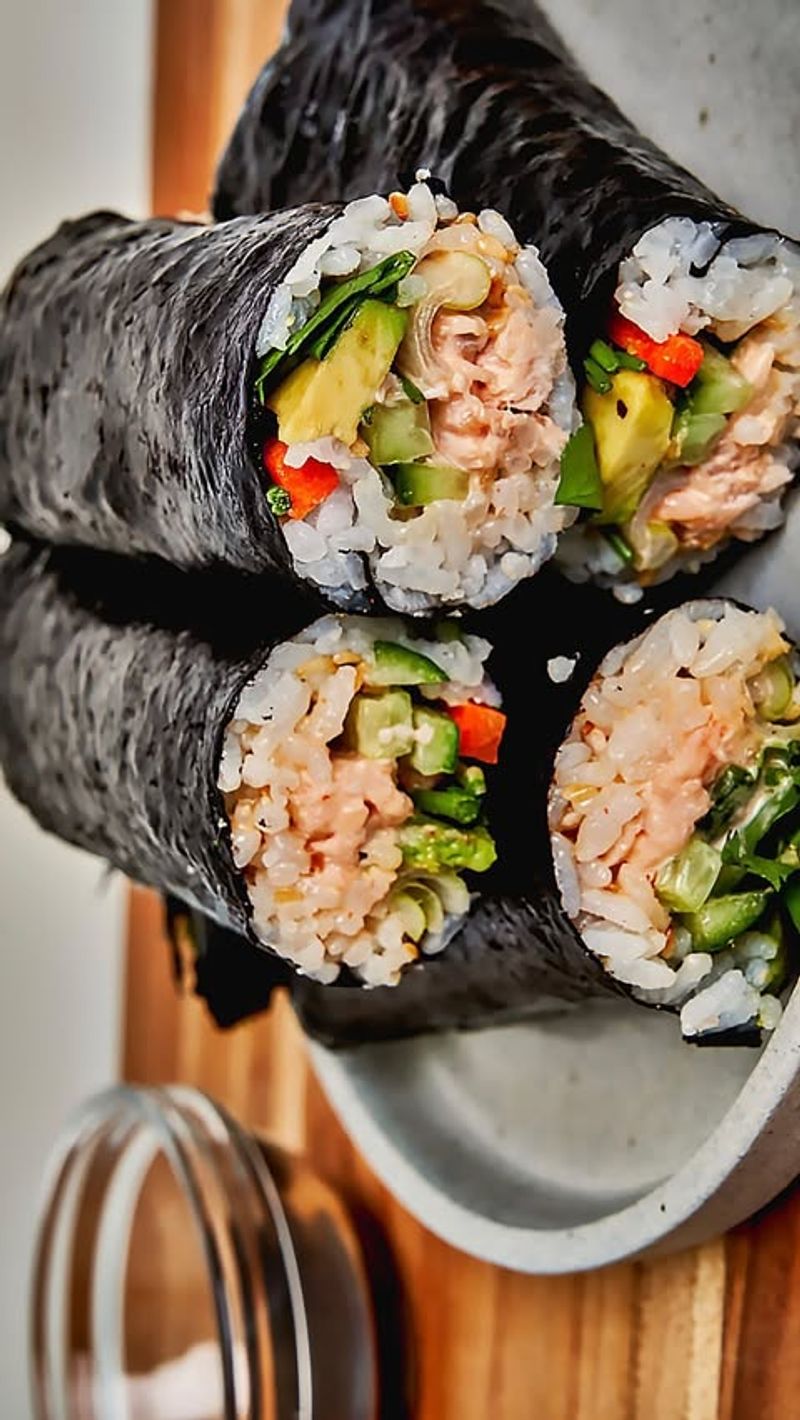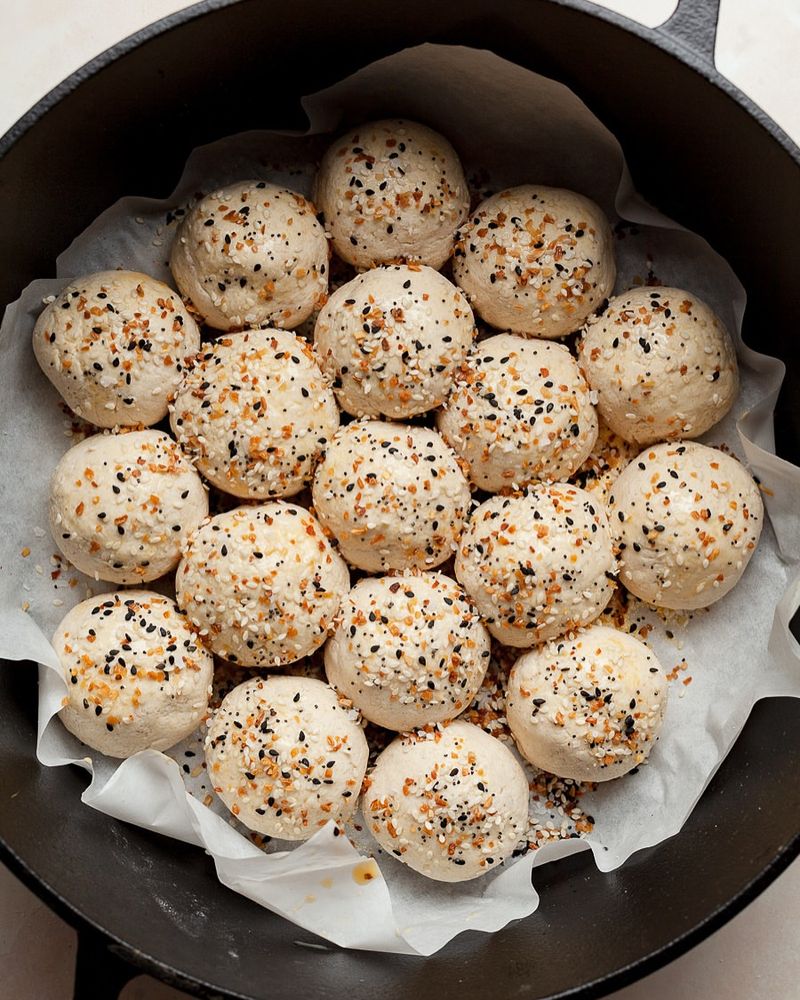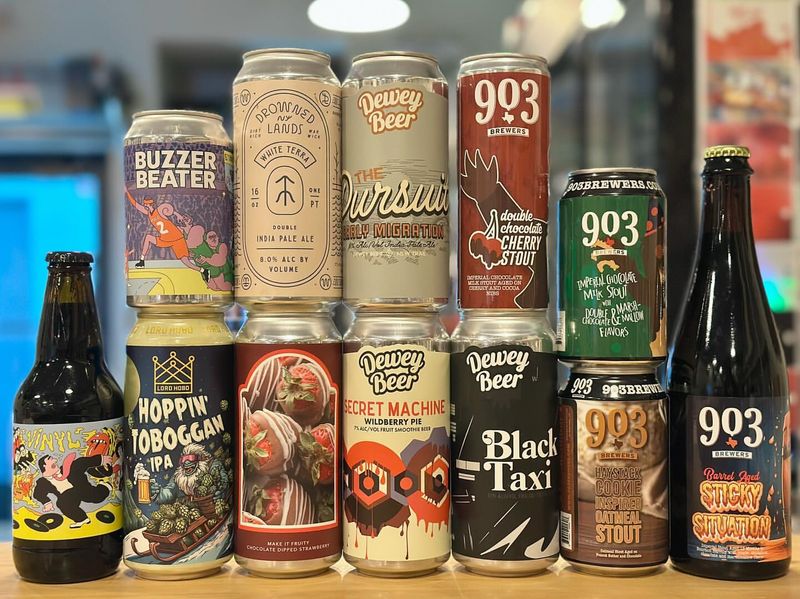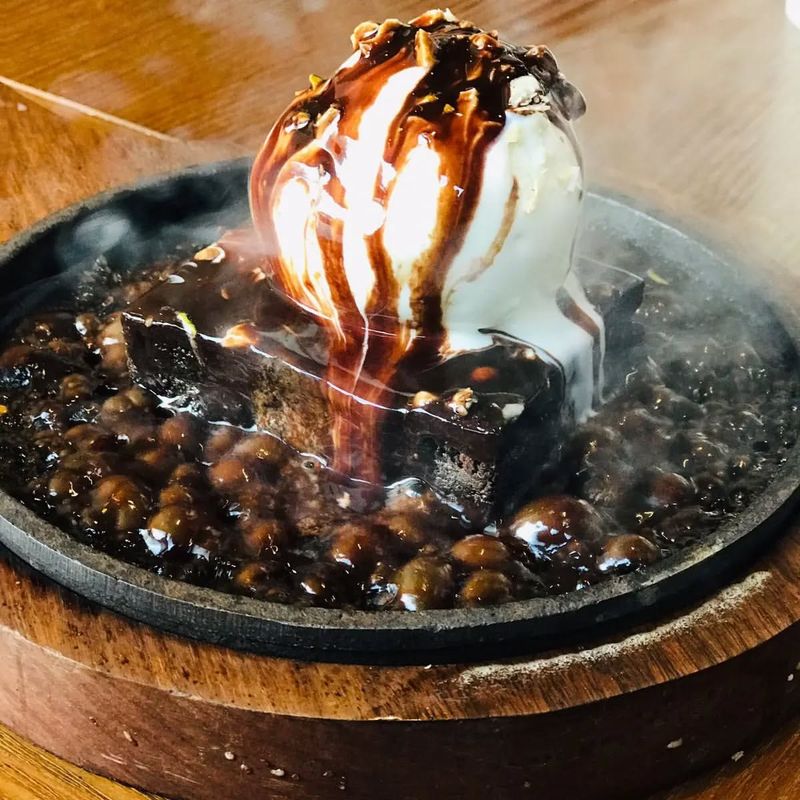We’ve all had those food and drink questions that seem to defy explanation. Well, wonder no more—these 30 mysteries have finally been solved!
From the enigma of bread rising to the curious case of why wine makes some people flushed, this listicle uncovers the science and secrets behind our favorite consumables.
Prepare to see food and drink in a whole new light, as these answers will change your perception—forever!
1. The Secret Behind Rising Bread
Why does bread rise? We’ve all wondered about this! The secret lies in yeast, a microscopic fungus. When mixed with dough, yeast ferments the sugars, producing carbon dioxide. This gas gets trapped in the dough, causing it to expand and rise. Pretty fascinating!
Ever noticed the holes in bread? That’s the handiwork of carbon dioxide. The yeast’s fermentation process also contributes to the bread’s flavor, making it deliciously complex. So, next time you enjoy a warm slice, remember the tiny fungi that make it possible.
2. Why Coffee Makes Some Jittery
Ever wonder why coffee makes some people jittery? It all boils down to caffeine’s effect on the adrenal glands. Caffeine stimulates these glands, leading to an adrenaline rush. This surge can cause jitters and an increased heart rate.
For some, the effect is mild, while others might feel like they’re on a rollercoaster. The body’s sensitivity to caffeine varies, influenced by genetics and tolerance levels.
3. Honey’s Timeless Preservation
Well, turns out honey’s got a natural preservative quality thanks to its low moisture content. Honey is hygroscopic, meaning it absorbs moisture from the environment, which helps keep it fresh.
The high acidity of honey also plays a role. It creates an inhospitable environment for bacteria and microorganisms, ensuring honey remains edible for centuries. Archaeologists have even found pots of ancient honey still intact!
4. The Enigma Of Chocolate Melting
Why does chocolate melt in your mouth? The answer lies in its chemistry. Chocolate contains cocoa butter, which has a melting point just below human body temperature. This is why it melts so effortlessly on your tongue.
This melting process releases a burst of flavors and aromas, creating a sensory delight. The smooth transition from solid to liquid is what makes chocolate so irresistible.
5. Mystery Of Wine Flushing
The culprit is histamines and a genetic enzyme deficiency. Some individuals lack the enzyme that breaks down histamines, leading to flushing.
This reaction can be more pronounced with red wine, which contains higher levels of histamines. It’s a genetic predisposition that affects many, often mistaken for an allergy. If you experience this, try white wine or antihistamines before drinking.
6. The Curious Case Of Sourdough
What makes sourdough unique? Its secret lies in the wild yeast and bacteria. Unlike regular bread, sourdough ferments naturally, capturing wild yeast from the air.
This fermentation process gives sourdough its tangy flavor and chewy texture. The lactic acid bacteria involved also improve its shelf life, making it a favorite among bakers. It’s a perfect blend of nature and science.
7. The Origins Of Spicy Food Cravings
It’s all about capsaicin, the compound that gives chili peppers their heat. Capsaicin triggers the release of endorphins, the body’s natural painkillers.
This rush of endorphins can create a pleasurable sensation, making spicy food addictive for some. It’s a thrill-seeker’s delight, offering a culinary adventure. Understanding this can help you savor spicy dishes even more.
8. The Puzzle Of Pasta Shapes
Why are there so many pasta shapes? Each shape is designed for a specific sauce, enhancing the dining experience. From spaghetti to fusilli, the shape affects how sauce clings to the pasta.
Long, thin pastas are ideal for light, olive oil-based sauces, while thicker shapes match heartier sauces. This culinary design ensures every bite is perfectly balanced. Next time you prepare pasta, consider the shape-sauce pairing.
9. Why Are Eggshells Different Colors?
It’s all about the chicken breed. White-feathered chickens lay white eggs, while brown-feathered ones lay brown eggs.
The shell color has no impact on the egg’s nutritional value or flavor. It’s purely a genetic trait. Some breeds even lay blue or green eggs, adding a colorful twist to breakfast. Next time you crack an egg, appreciate the diversity of nature.
10. Decoding The Bubble Tea Craze
Why is bubble tea so popular? The answer lies in its unique texture and flavors. The chewy tapioca pearls add an unexpected twist to the drink, making it fun and interactive.
Originating from Taiwan, bubble tea’s adaptability to various flavors and toppings has made it a global sensation. It’s a drink that offers endless customization, allowing each person to create their perfect combination.
11. The Riddle Of Fizzy Drinks
Why do fizzy drinks fizz? It’s a result of carbonation, where carbon dioxide is dissolved under pressure. When you open the bottle, the pressure drops, releasing gas bubbles.
This fizz adds a refreshing sensation, making carbonated drinks popular worldwide. The bubbles also enhance the drink’s flavor, providing a delightful experience. It’s not just a beverage—it’s a tiny eruption of bubbles that refreshes and excites!
12. The Secret Of Perfectly Boiled Eggs
Timing is everything. Boil the eggs for 6-7 minutes for a soft yolk, or 9-12 minutes for a firmer center. Starting with cold water and gradual heating ensures even cooking, preventing cracked shells. An ice bath afterward halts the cooking process, making peeling easier.
Understanding these techniques can make breakfast a breeze. So, next time you crave boiled eggs, remember—it’s all about precision and timing!
13. The Charm Of Fermented Foods
Fermented foods are beneficial thanks to probiotics, promoting gut health. Fermentation enhances flavors and preserves food naturally.
From kimchi to yogurt, fermentation transforms simple ingredients into nutritional powerhouses. This ancient practice also adds complexity to flavors, creating a unique taste experience. Incorporating fermented foods into your diet can boost health and culinary diversity
14. Unveiling The Secret Of Umami
What is umami? It’s the fifth basic taste, alongside sweet, sour, salty, and bitter. Umami is a savory flavor found in foods like mushrooms, tomatoes, and seaweed.
Discovered by Japanese scientist Kikunae Ikeda, umami enhances the overall taste of dishes, adding depth and richness. It’s often described as a pleasant savory flavor. Knowing umami can elevate your cooking, allowing you to create dishes with complex flavors.
15. The Wonder Of Avocado Ripening
Avocados ripen after picking thanks to ethylene gas. They are climacteric fruits, meaning they ripen post-harvest due to ethylene production.
Placing avocados in a paper bag traps ethylene, speeding up ripening. This knowledge is handy for enjoying avocados at their peak ripeness. Whether you like them firm or soft, now you know how to achieve the perfect texture!
16. Cracking The Cheese Aging Code
Aging develops flavor and texture. As cheese ages, bacteria and mold break down proteins and fats, creating complex flavors.
Different cheeses require different aging times, from weeks to years. This process transforms mild curds into rich, flavorful cheeses like gouda or blue cheese. It’s not just about time—it’s a craft that brings out the best in milk.
17. The Phenomenon Of Popcorn Popping
The secret lies in the kernel’s moisture content. When heated, the water inside turns to steam, building pressure until the kernel bursts.
This explosion turns the kernel inside out, creating the fluffy snack we love. The starch inside gelatinizes and expands, giving popcorn its unique texture. Next time you pop a batch, appreciate the fascinating science that turns a humble seed into a tasty treat!
18. The Allure Of Aged Wine
What makes aged wine special? Aging allows tannins to soften and flavors to mature. As wine ages, chemical reactions transform its taste and aroma.
This process brings out subtle notes and complexities, enhancing the wine’s character. However, not all wines benefit from aging; it depends on the grape variety and production method. Enjoying a well-aged wine is a rewarding experience, revealing the mastery behind winemaking.
19. The Magic Of Butter Emulsification
Actually, it’s not hocus-pocus at all, it’s the result of mixing water and fat. When churned, cream separates into butter and buttermilk, creating a stable emulsion.
This process gives butter its creamy texture and rich flavor. Emulsification is key in baking, providing moisture and structure to doughs and batters. Butter is a culinary tool that adds richness and depth to dishes and know you know how it works.
20. The Puzzle Of Tea Brewing
The secret to perfect tea brewing? It’s all about temperature and time. Different teas require specific conditions to release their flavors fully.
Green tea needs cooler water and shorter steeping, while black tea thrives with hotter water and longer times. This balance brings out the tea’s nuances without bitterness. Understanding these principles can elevate your tea experience.
21. Why Does Milk Froth?
It’s about air incorporation and protein stabilization. Frothing introduces air into milk, creating a microfoam that enhances coffee drinks.
The proteins in milk stabilize the bubbles, creating a velvety texture. This process transforms a simple latte into a rich, creamy delight. Gaining knowledge about milk foaming will help you become a better barista at home.
22. The Science Of Salt Curing
Salt draws out moisture, creating an environment unsuitable for bacteria. This preservation method enhances flavors over time.
From prosciutto to lox, salt curing transforms meat and fish into gourmet delicacies. The process concentrates flavors, making cured foods rich and savory. It’s not just a preservation method—it’s a way to create deeply flavorful dishes.
23. Why Some Flavors Pair Perfectly?
And why some don’t? It’s all about shared compounds. Foods with similar molecular structures often complement each other.
This concept has revolutionized gastronomy, creating unexpected yet harmonious pairings like chocolate and chili. It’s a scientific approach to flavor exploration. This knowledge can inspire culinary creativity. Next time you cook, experiment with new combinations and discover the magic of balanced flavors.
24. Is Dough Kneading Essential?
The short answer is yes. The process helps develop gluten, the protein network that gives bread structure and elasticity.
Kneading aligns gluten strands, creating a strong framework for rising. This process is crucial for achieving the perfect texture in baked goods. Whether you’re making bread or pizza, embrace the tactile joy and science behind kneading!
25. The Puzzle Of Artificial Banana Flavoring
Ever wondered why artificial banana flavor doesn’t taste like the bananas we eat? The answer lies in history. Back in the early 20th century, the Gros Michel banana dominated the market. Its rich, creamy flavor was used to develop artificial banana flavoring.
Unfortunately, the Gros Michel variety was wiped out by a disease called Panama disease in the 1950s, leading to the rise of the less flavorful Cavendish banana. The artificial flavoring, however, remained unchanged, causing the disparity we taste today.
26. The Art Of Sushi Rolling
What makes sushi rolling an art? It’s the perfect blend of ingredients and technique. Sushi chefs master the delicate balance of rice, fish, and seaweed.
Precision is key—each roll must be tight, even, and visually appealing. This attention to detail elevates sushi from simple food to a work of art. Learning about sushi rolling can enhance your appreciation of this Japanese tradition.
27. The Wonder Of Gluten-Free Baking
Baking gluten-free is not the easiest. Without gluten, bakers rely on alternatives like almond or rice flour. These create different textures and challenges.
Gluten-free baking requires binding agents like xanthan gum to mimic gluten’s properties. This innovation allows those with gluten sensitivities to enjoy baked goods. Whether for health reasons or curiosity, embrace the diversity and creativity in gluten-free!
28. So Many Olive Oil Varieties?
Why are there so many olive oil varieties? It’s all about the olives’ ripeness and processing. Extra virgin is made from pure, cold-pressed olives, offering a robust flavor.
Other varieties, like virgin and refined, involve more processing, affecting taste and quality. These differences cater to various culinary needs and preferences. Next time you choose an oil, appreciate the craftsmanship and flavors behind each bottle.
29. What Makes Craft Beer Special?
It’s the unique blend of hops, malt, and yeast. Craft brewers experiment with these ingredients, creating diverse flavor profiles.
The brewing process allows for creativity, resulting in beers that range from fruity to bitter. It’s a celebration of individuality and innovation in brewing. Knowing this can potentially enrich your tasting experience next time you enjoy a pint.
30. The Contradiction Of Sizzling Ice Cream
In the world of culinary surprises, it’s a reality. Imagine the shock when a scoop of ice cream hits a hot skillet, sizzling away like it’s meant to be there. This delightful paradox happens thanks to a special coating that protects the ice cream long enough for the magic to occur.
Chefs discovered that by quickly caramelizing a sugar layer around the ice cream, it prevents melting while creating a delicious crust. The sensation of cold ice cream with a warm exterior is a culinary marvel that continues to intrigue adventurous palates.

